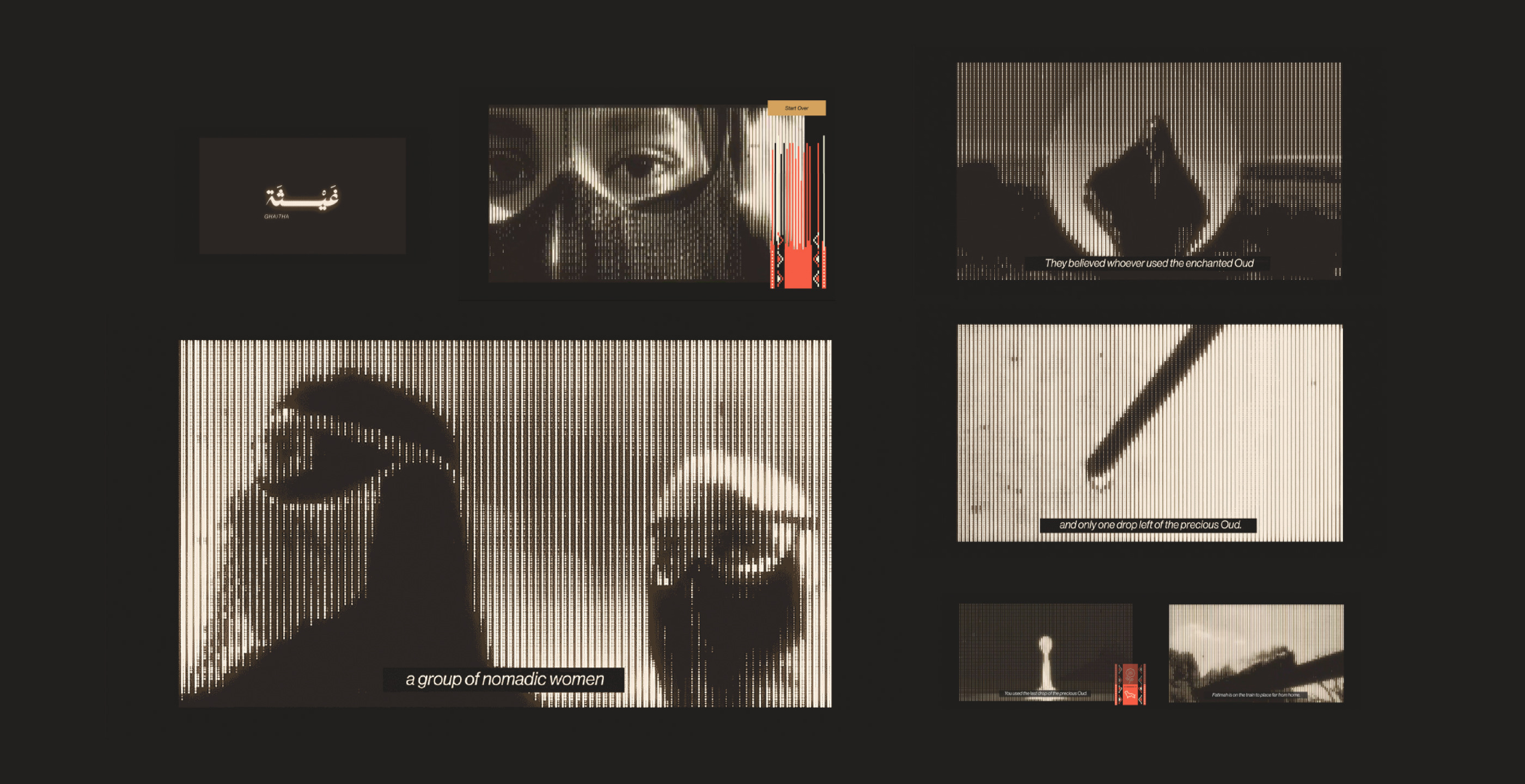We die twice: once when we are buried, and once when our name is spoken for the last time." — Ernest Hemingway.
All first deaths are inevitable;
the second ones, however, are preventable.
On January 9th, 2023, I found myself standing at the very spot where we used to gather around my beloved grandmother. As I listened to people speak of her in the past tense for the first time, I was engulfed by a wave of emotion, and a stark realization hit me:
I was witnessing two deaths occurring as one.
It was not just my grandmother that I had lost, but also all the questions I never asked, the names I never explored, the language I never embraced, the garments I never wore, the history I never recorded, the poems I never recited, and the wisdom I never absorbed. All these fragments of my ancestral heritage were slipping away.
This realization drove me to start a journey of unearthing my ancestral heritage.
The fear of the second death is what drives me;
in fear of the second death … I create.
Teeb Al-tybat is a non-linear interactive narrative, crafted using Keynote. The format allows audiences to make decisions throughout the story, which influence its outcome. A fictional tale of a enchanted oud bottle with the real-life stories. It explores the lineage of my bedouin Hijazi foremothers highlighting their true experiences through a lens of Imagination.
Bio

Malak Musa is a bedouin Hejazi visual artist, graphic designer, and namer based in Jeddah, Saudi Arabia. She holds an MFA in Transdisciplinary Design from Parsons School of Design. Her work centers around womanhood and collective memory. Ever exploring alternative ways of archiving and crafting narratives of her Bedouin foremothers and heritage. Her work often materials in immersive mixed media installations.

Comment
Your message was sent successfully